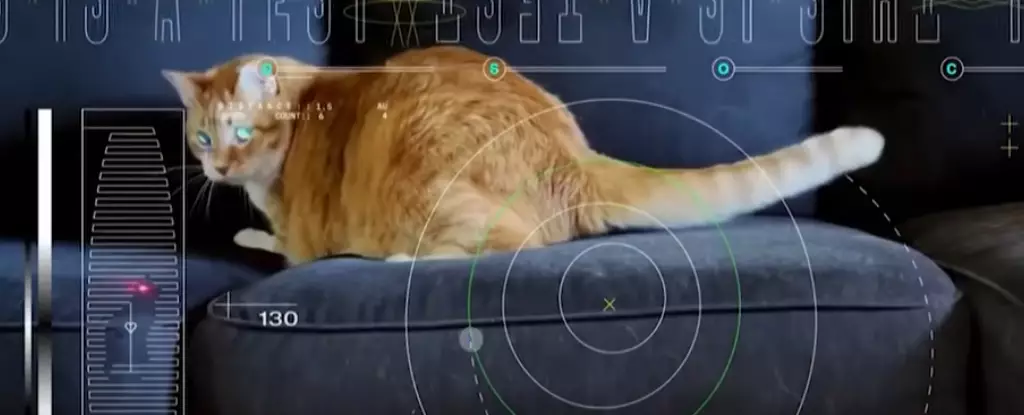Since the earliest days of maritime history, ships have communicated using light signals, a technique that has evolved into complex systems of communication in modern technology. NASA is now harnessing a similar principle in its groundbreaking mission to the asteroid Psyche, located approximately 240 million miles from Earth. This mission aims not only to explore the metal-rich composition of the asteroid but also to test new methods of deep space communication, specifically through a laser-based system that showcases the advancements of modern engineering and technology in space exploration.
Psyche’s communication system utilizes a laser transceiver optimized for a particular frequency of infrared light. This system is a significant upgrade from traditional radio frequency communications typically employed in space missions. The infrared light provides a much higher data rate, showcasing the capabilities of high-frequency communications over vast distances. Unlike the Morse code lanterns of yore, which operated on a much more rudimentary level, this system can transmit data at rates of up to 267 megabits per second when the spacecraft is within the range of Mars at its closest approach. This speed is comparable to typical wired broadband connections on Earth, marking a revolutionary step for interplanetary communication.
During the initial phase of its operation, the challenge of sending information across such distances was met with considerable success. Even as Psyche traversed further away, maintaining a download speed of 6.25 megabits per second at 390 million kilometers away— the maximum distance between Earth and Mars— showcased the robustness of the system. While this is a reduction in speed compared to maximum capabilities, it is crucial to note that the operational rates significantly exceed those offered by traditional radio frequency communication of similar output power.
In a striking demonstration of the laser communication system’s capabilities, the NASA team transmitted an ultra-high-definition video of a cat named Taters playing with a red laser pointer. This playful interaction was not merely a light-hearted contribution but served as a practical test of the communication channels. By successfully sending this video, NASA showcased the effectiveness and reliability of their communication line, humorously underscoring that even in the depths of space, creativity and inspiration can thrive.
The decision to use such an entertaining medium for testing affirms the understanding that communication should not only be functional but also engaging and thought-provoking, helping to share the seriousness of scientific advancement with the general public.
The culmination of the first phase of testing in June marked a pivotal achievement for NASA, reinforcing the idea that data rates diminish in a predictable manner as spacecraft move further from Earth. The project’s success paves the way for Phase II, which will begin later this year. The next stage of the experiment is set to further validate that the system can operate stably over long periods— necessary for long-term operations in space.
With Psyche scheduled to arrive at its destination in 2029, there are concerted efforts to ensure the operation is fully functional by that time. This mission does not solely focus on exploring the asteroid; it also acts as a prototype for future deep space exploration efforts. The presence of a backup radio frequency communication system further ensures safety, providing additional reliability and redundancy in case the primary laser system encounters issues.
NASA’s mission to Psyche is emblematic of humanity’s relentless pursuit of knowledge and technological mastery. In reimagining communication for the complexities of deep space, NASA is not just connecting robots and satellites but forging paths to new realms of discovery. The project represents a quantum leap in how we navigate the cosmos, proving that even in the depths of space, the light of understanding can shine through, illuminating our universe’s secrets. As we look forward to a future where such technologies propel us further into the unknown, the advances made by the Psyche mission will undoubtedly serve as a cornerstone for interstellar communication, moving us far beyond the simplistic lanterns of the past.

